Dirndl
The Dirndl: A comprehensive guide to embracing the traditional
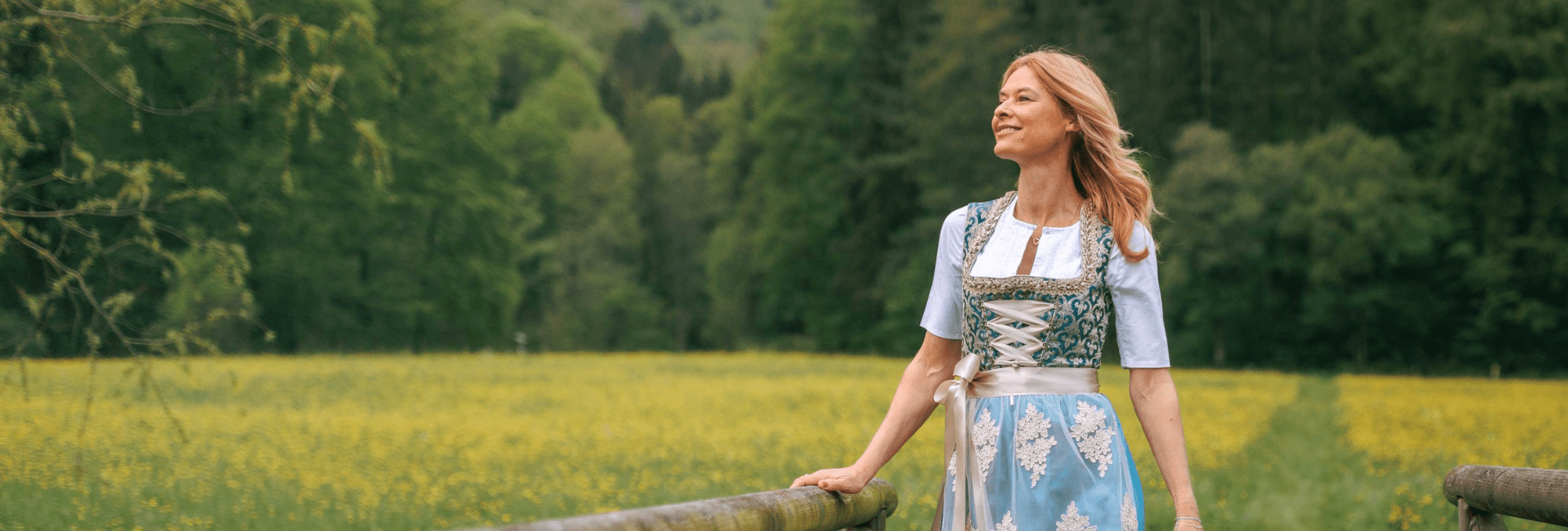
Get a $10 store credit for your first order
German attire
The Dirndl, a traditional German dress, has become synonymous with Oktoberfest and other Bavarian festivities. This elegant garment is steeped in history and cultural significance, making it a popular choice for those looking to celebrate their German heritage or simply enjoy the festive atmosphere of Oktoberfest.
In this comprehensive guide, we will explore everything you need to know about Dirndls, from what to wear for Oktoberfest to the secret language of the Dirndl bow.

What is a Dirndl?
A Dirndl is a feminine garment that has its roots in German-speaking Alpine regions. In Bavaria (southeast Germany), Austria, Liechtenstein, Switzerland, and the Italian Alpine areas, ladies and girls customarily wear it. A Dirndl is made up of an apron, a broad, high-waisted skirt, a tight-fitting bodice with a low neckline, and a shirt worn underneath the bodice.
The design of the Dirndl has evolved over time, but its distinctive features, such as the tight-fitting bodice and full skirt, have remained consistent. Today, the Dirndl is a popular choice for Oktoberfest and other traditional German celebrations.
[Click here to get your Dirndl today!|https://bavariatrachten.com/collections/dirndl]

The history behind the Dirndl
Once used as workwear, the traditional dress is now trendier than ever. The Dirndl has always been known as a three-piece garment, consisting of the Dirndl dress, the apron, and the blouse. While the blouse is usually purchased separately, the apron is often designed and created to match the dress.
Between the 16th and 18th centuries, it became the attire of Alpine peasants. In the German-speaking Alps today, it is largely regarded as the traditional attire for ladies and girls, with specific styles connected with different locations. Depending on the region, there are differences in the traditional dress, with variations in color, cut, and patterns. Lederhosen are the Dirndl's traditional male equivalent in traditional clothing.
The upper and middle classes adopted the Dirndl as a fashion trend in the late 19th century, and it later moved beyond of its original region.
The traditional Dirndls of the past were always quite long, with skirts usually measuring at least 70 cm. Back then, it was unimaginable to wear a Dirndl that ended well above the knee.
As times have changed, there are no strict rules for wearing Dirndls anymore. They can now be worn in a variety of vibrant colors and materials, with a wide range of patterns and quality levels to choose from.
This diverse selection of Dirndls can be mixed and matched with various skirt lengths and accessories, allowing you to create a unique and modern look while still paying homage to this iconic traditional garment.

What makes a Dirndl outfit complete for the Oktoberfest
To enjoy the Oktoberfest ot the fullest, it is strongly recommendeed to dress in traditional Bavarian attire.
The perfect Oktoberfest Dirndl outfit consists of a light-colored bodice with a dark skirt, accompanied by a puffed sleeved blouse and an edelweiss-patterned apron. This traditional style is both stunning and timeless, but it's important to add the right accessories to complete the look. Our collection includes sizes for everyone, featuring plus size authentic German dirndls that ensure every woman can find her perfect fit.
Traditional Bavarian footwear, usually featuring intricate embroidery, is essential for achieving the classic aesthetic. Ultimately, having the perfect Oktoberfest attire allows people to commemorate traditional Bavarian culture in style.
Not sure how to piece together the perfect Dirndl outfit? Try our Outfit Builder and mix and match skirts, bodices, aprons, and accessories to create a stunning, personalized ensemble for Oktoberfest.
[Click here to try out our Outfit Builder|https://bavariatrachten.com/pages/outfit-builder]

How to wear a Dirndl?
When wearing a Dirndl, follow these steps:
- Start with a blouse, typically made of white cotton or lace, with short or elbow-length sleeves
- Put on the Dirndl dress, ensuring that the bodice fits snugly and that the skirt falls just below the knee
- Tie the apron around your waist, with the bow on your left side if you are single, on your right if you are married, or in the middle if you are a widow. The bow should be neat and not too large
- Accessorize with traditional German jewelry such as edelweiss necklaces or brooches and consider adding a hat or floral wreath to your hair
- Pair your Dirndl with appropriate shoes, such as low-heeled pumps, flats, or lace-up ankle boots.

What to wear under a Dirndl?
Underneath a Dirndl, women typically wear a blouse made of white cotton or lace. The blouse may have short or elbow-length sleeves and is designed to provide modest coverage while still showcasing the fitted bodice of the Dirndl. Some women also choose to wear a petticoat beneath the skirt to add fullness and accentuate the traditional look.

How to tie the Dirndl bow correctly: What is the bow's secret?
Ah, the infamous Dirndl bow. Everyone knows it, but when it comes to Oktoberfest and other festivities, one can't help but double-check its meaning. Which side of the Dirndl apron signals "single"? And which means "taken"? Left, right, center, front, back? Wait, hold on! Here are the essential facts about the bow's position and relationship status:

Dirndl bow on the left = Single
In Bavaria, they say, "Bow on the left brings luck!" For all the single ladies out there, it's the perfect way to let the guys know you're looking for someone special. So, gentlemen, if the Dirndl bow is on the left, it's time to make your move!
Dirndl bow on the right = Taken
"Bow on the right isn't quite right!" If the Dirndl bow is on the right, the wearer is usually looking to avoid flirtatious advances, as she's in a relationship or even married. So, be cautious with your flirting – you don't want any trouble with her partner!
Dirndl bow in the front, center = Virgin/Undecided
In the past, a Dirndl bow tied front and center was reserved for virgins. Nowadays, this rule isn't taken so literally. You'll find women who are undecided or prefer not to disclose their relationship status wearing their bows this way.
Dirndl bow in the back, center = Waitress/Widowed
A Dirndl bow tied at the back usually indicates the wearer is a waitress. However, it could also signal that she's a widow.
Styling tips for tying the Dirndl bow
Regardless of how you choose to wear your bow, it should always be neatly tied, making it more decorative. If you tie the bow carelessly, it will create large, unflattering loops that collapse in on themselves, causing the apron bow to lose its charm. A small, tight Dirndl bow is much sturdier and an eye-catching accessory.
Advices for caring and cleaning your Dirndl
Almost every Dirndl can be washed without any issues in your household washing machine. However, it's crucial to wash the apron separately to avoid color bleeding and discoloration. Always follow the care label instructions.
Usually, it involves a 30-degree Celsius wash cycle with a low spin speed. Be sure to use a delicate detergent, and avoid using any detergent with bleach, as it can cause color damage.
Caution: If the Dirndl stays in the washing drum or water bath (for handwashing) for too long, it can also lead to discoloration. Never put your precious garment in a dryer. Instead, hang the Dirndl on a hanger, straighten the fabric, and let it air dry.
If you're unsure, it's always recommended to take your Dirndl to a trusted cleaning service. This way, you can ensure nothing goes wrong, and you'll enjoy your garment for years to come.

Bold style mixes and Dirndl styling
Long considered a fashion faux pas, pairing Dirndls with casual sneakers is now becoming the new trend. What once seemed unthinkable is now a staple of modern fashion.
Be it simple Chucks, well-worn Vans, or specially designed Trachten sneakers, these comfy eye-catchers can be worn with almost any modern Dirndl for hours of dancing and beer bench rocking.
When temperatures allow, Espadrilles are also a fantastic choice. With sequins, lace, or cute patterns, there's something for every taste!
Inspired by celebrities, combining designer handbags with Dirndls is another fashion-forward choice. An extravagant clutch in bold colors, with intricate appliqués and unique materials, will definitely elevate your outfit and serve as a real eye-catcher. For those on a budget, there are plenty of affordable yet equally stylish clutch alternatives!

Conclusion
Wearing a Dirndl is not only stylish, but also a source of pride for those visiting Oktoberfest or other Bavarian festivals. Not only does it make the wearer look fashionable and elegant, the traditional style is a way to commemorate and celebrate centuries-old Bavarian culture.
From the perfect bodice and skirt combination to an edelweiss-patterned apron, one can create their own unique Dirndl with various accessories that perfectly fit their personality while still honoring this important tradition. With all of these elements, it's clear why wearing a Dirndl as part of any festive celebration in Bavaria is mandatory for women.
FAQ
What is the traditional German dress called?
The traditional German dress for women is called the Dirndl, which consists of a fitted bodice, full skirt, and apron. For men, the traditional German attire is the lederhosen, which are knee-length leather shorts worn with suspenders, a checkered shirt, and a hat.
Can anyone wear a Dirndl?
Yes, anyone can wear a Dirndl. While it is a traditional German dress, it is now worn by people of various cultures and backgrounds, especially during Oktoberfest and other German-themed celebrations.
What is the significance of a Dirndl?
The Dirndl is a traditional German dress that originated in the Alpine regions of Germany and Austria. It has been worn for centuries as workwear and festive attire. The Dirndl's significance lies in its reflection of regional customs and traditions, as well as its role in preserving cultural heritage.
Popular Posts
Products mentioned on this page:
Get a $10 store credit for your first order
Products mentioned on this page:





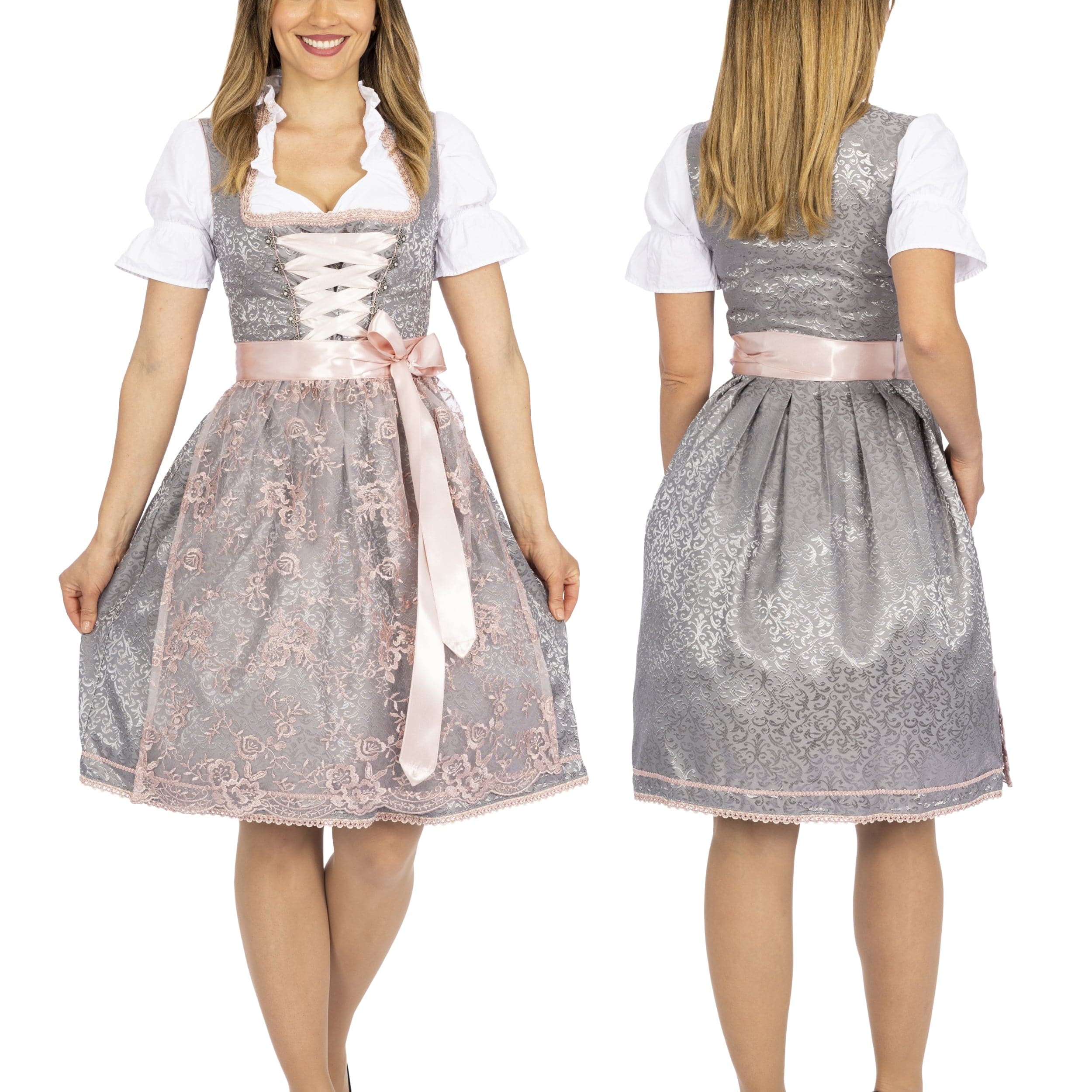
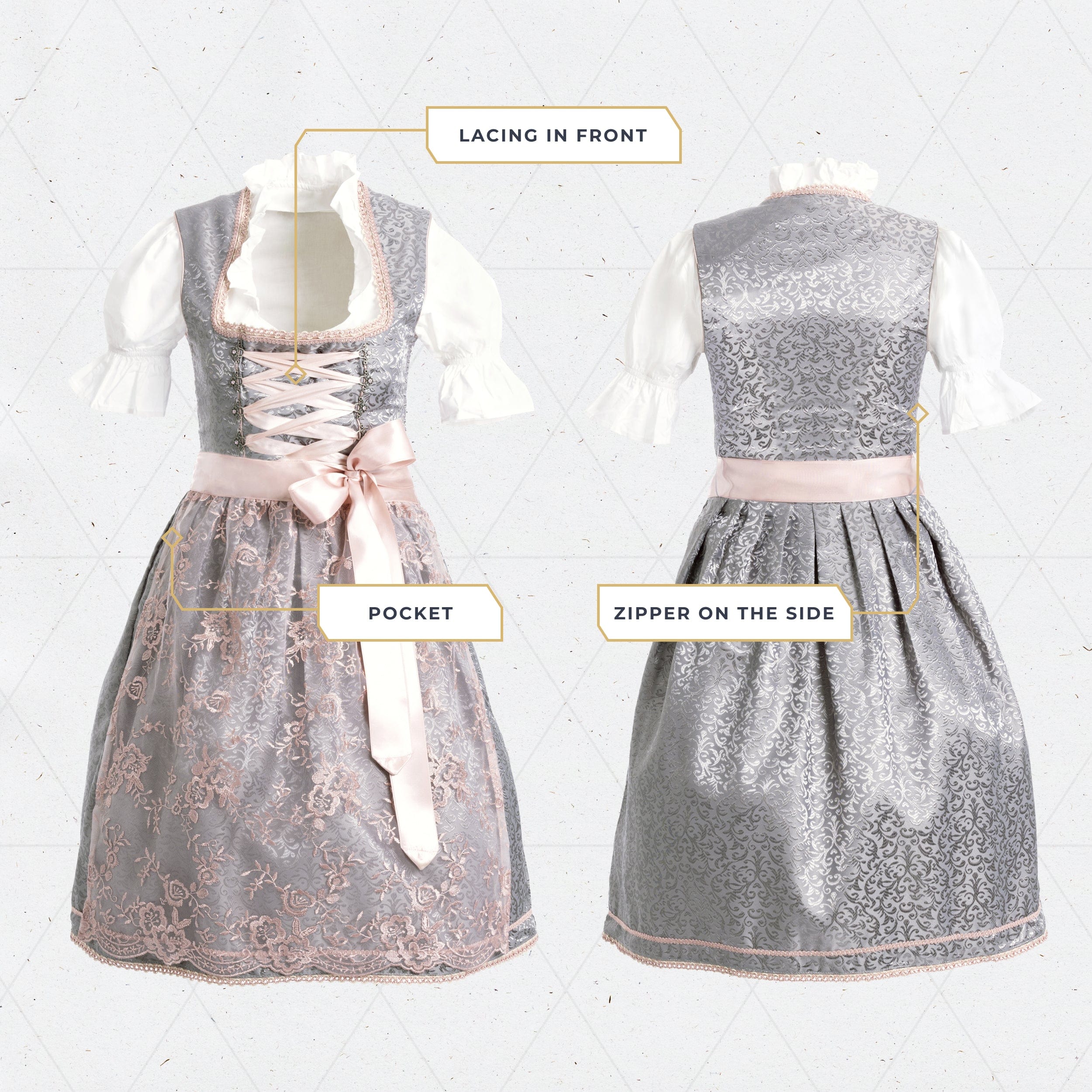
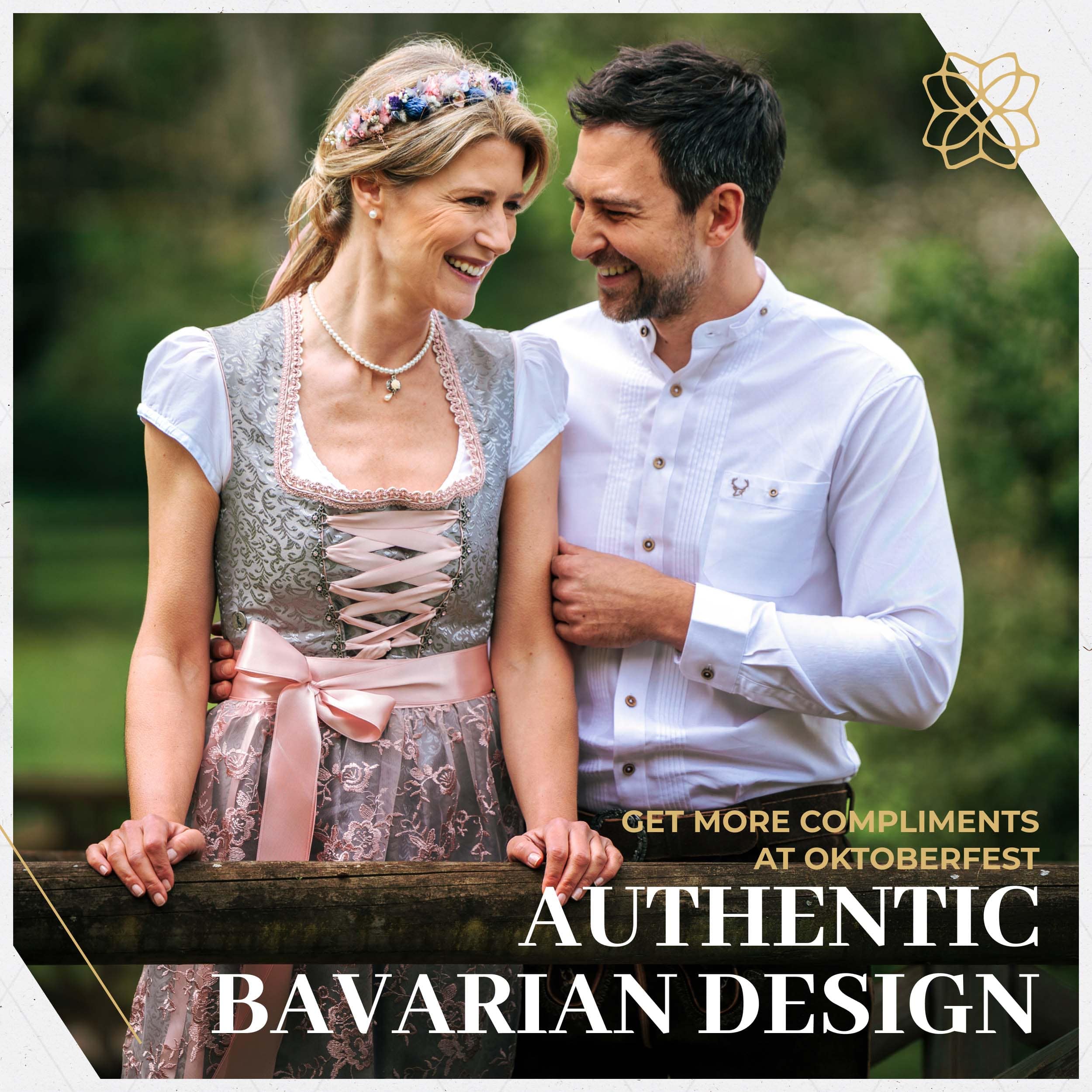

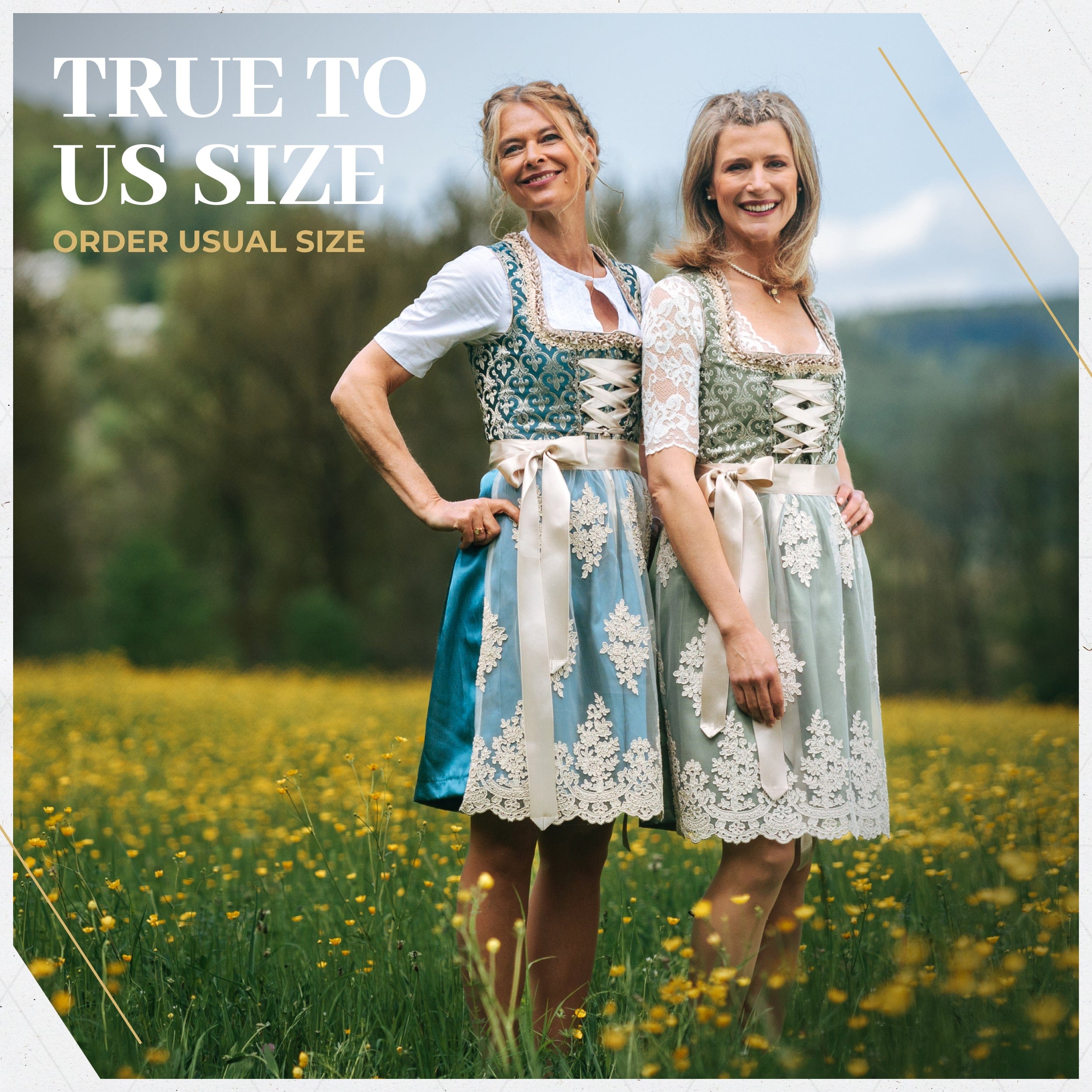

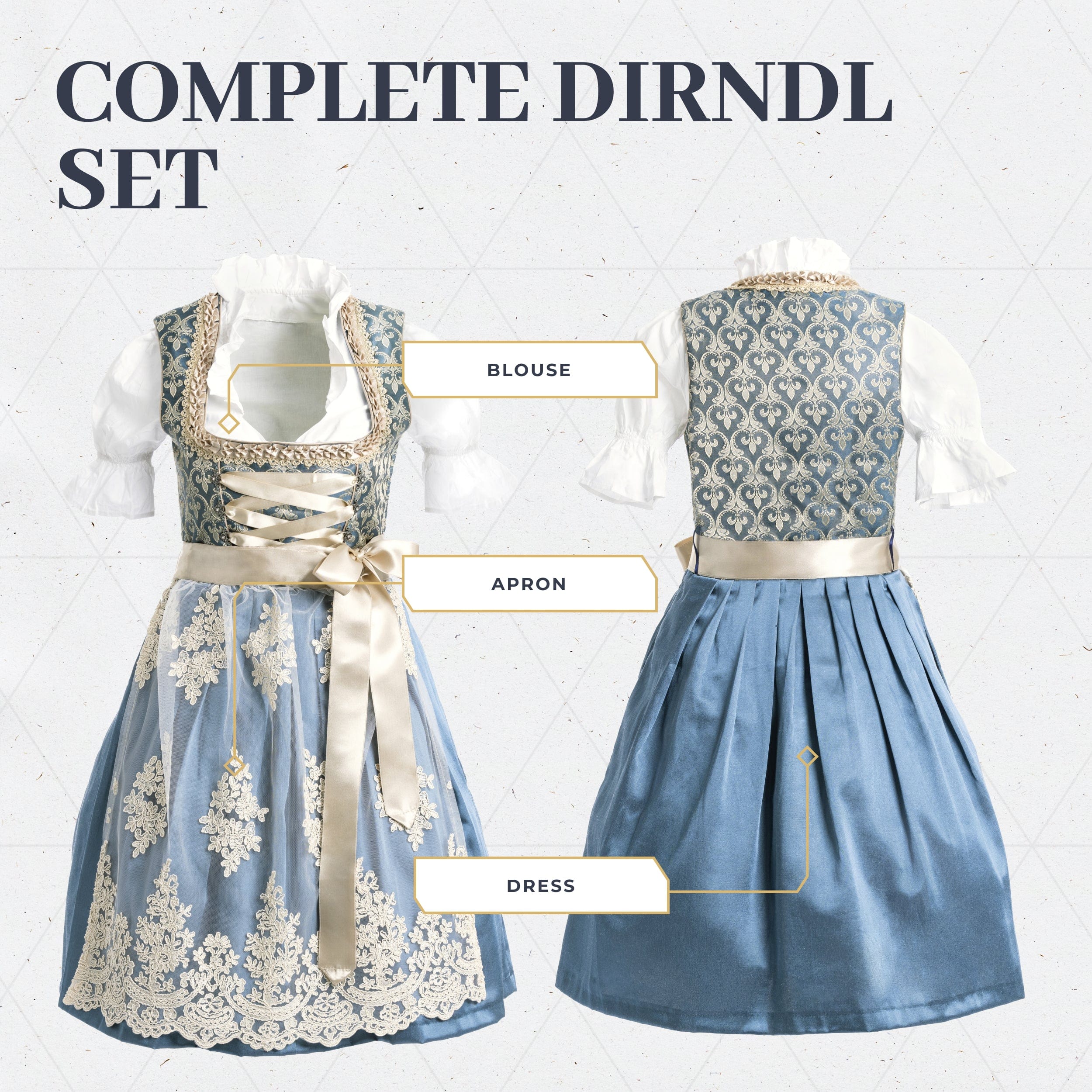

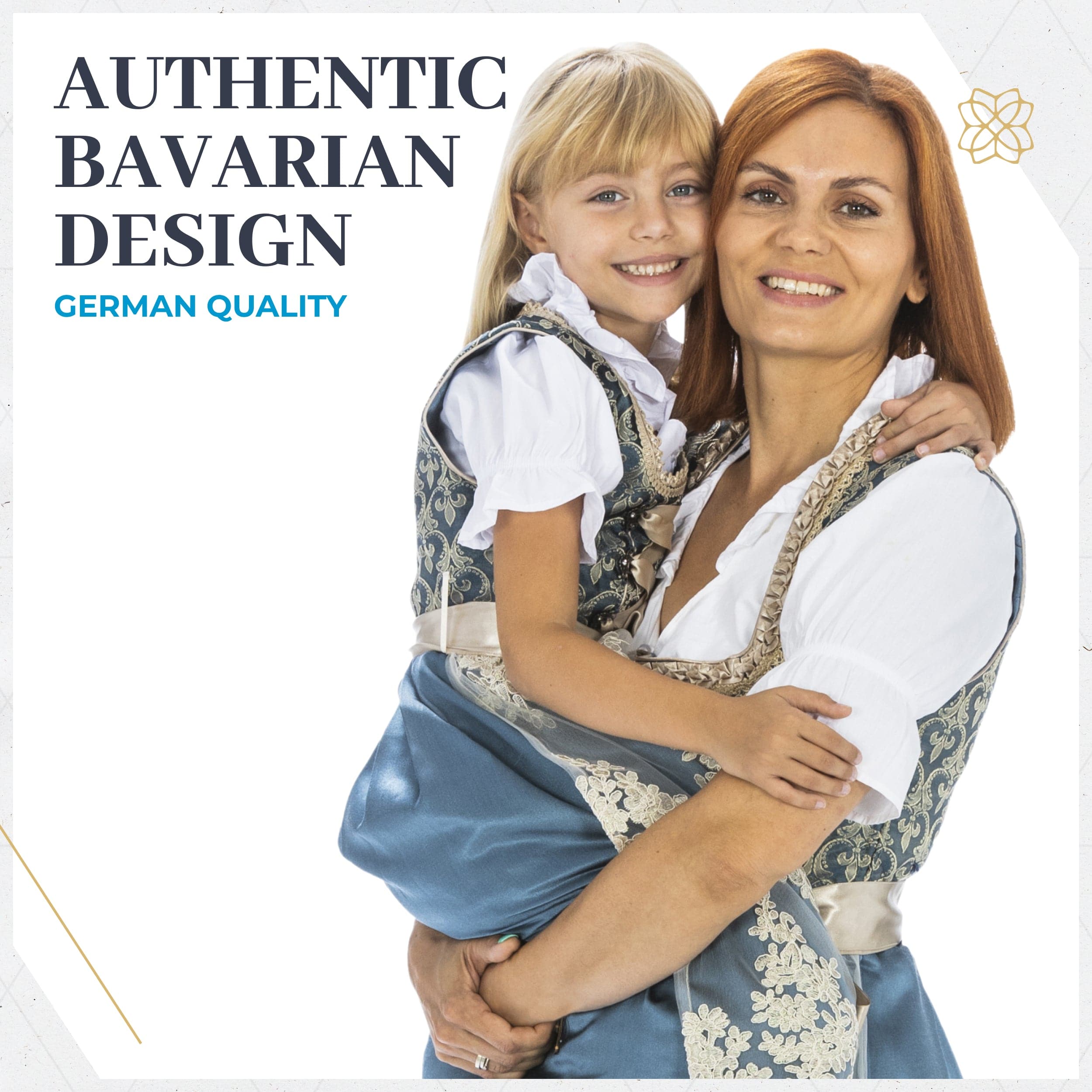
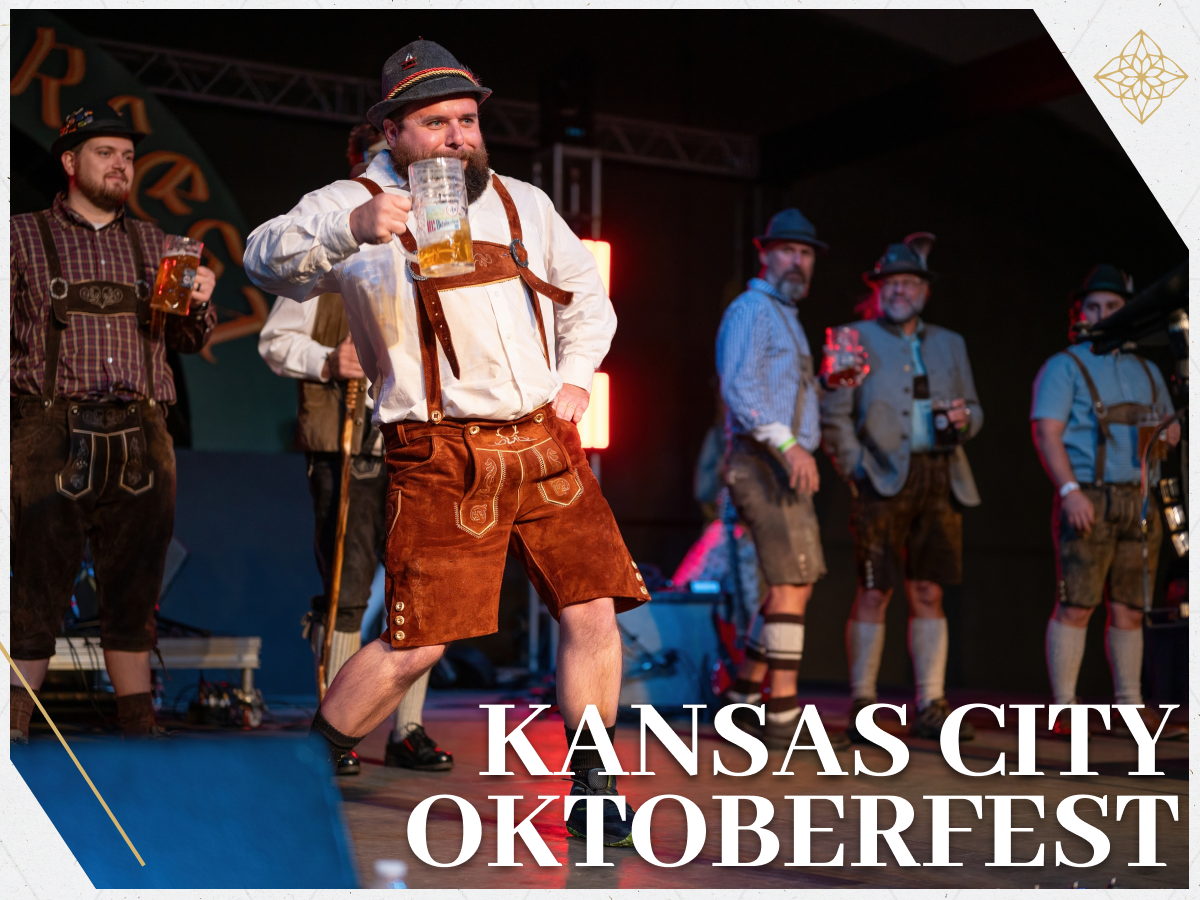
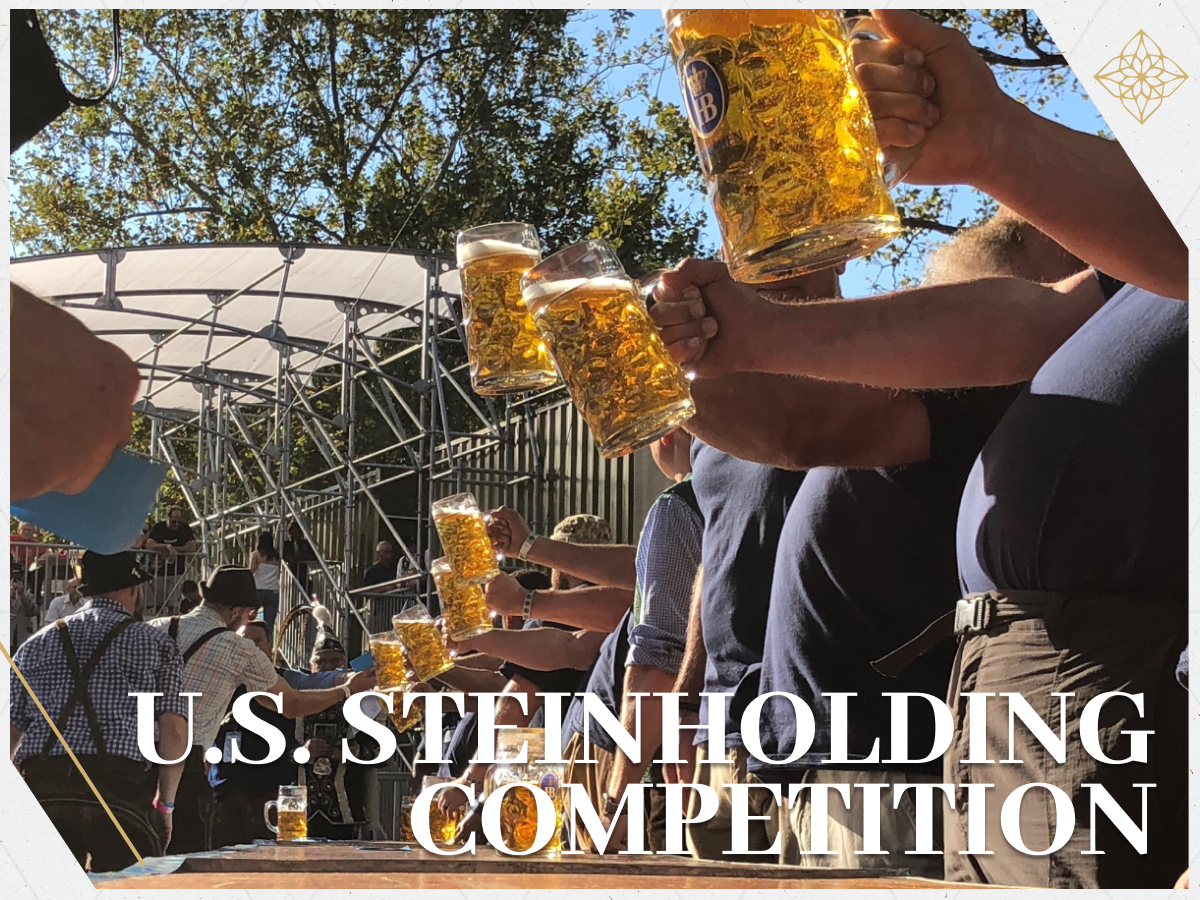

Leave a comment